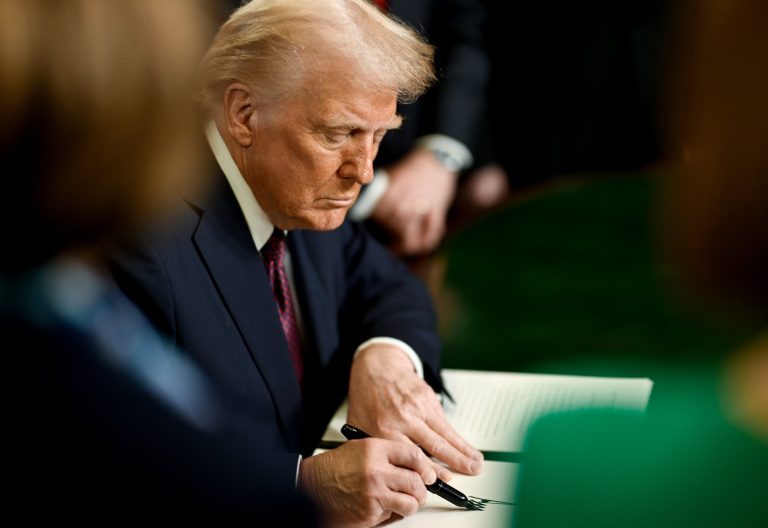When news broke that the United States had imposed a 10% U.S. tariff on Kenyan exports, it felt like a cold gust of wind in the middle of harvest. For years, Kenya has enjoyed preferential access to U.S. markets under AGOA (the African Growth and Opportunity Act), which allowed our goods—from flowers and textiles to tea and coffee—to enter the American market duty-free. That cushion has now been pierced.
For exporters, this is more than a technical policy change. It’s a hit to the bottom line, a challenge to years of built-up trade relations, and a jolt to Kenya’s broader economic ambitions. With the added cost, Kenyan goods will now be less competitive in the U.S. market. Buyers may hesitate. Orders could shrink. And the very industries built around serving American demand could be forced to scale down.
The 10% U.S. Tariff Timing Couldn’t Be Worse
But this isn’t just about numbers and tariffs. It’s about timing and trajectory. The tariff comes at a moment when AGOA itself is nearing expiry in 2025, raising deeper questions about what the future of Kenya–U.S. trade will look like. Is this the beginning of a slow unraveling of preferential trade benefits? Or is it the necessary disruption that forces Kenya to rethink its position in the global market?
There’s no denying the pain points. Thousands of jobs, especially in the textile and agricultural sectors, are tied to exports. A shift in pricing, even as small as 10%, can have outsized consequences when margins are already thin. And while remittances from Kenyans abroad continue to be strong, any other economic uncertainty in the U.S. has a way of rippling across oceans.
Rethinking Our Trade Game
Yet within this storm lies a great opportunity. Kenya has long spoken about the need to diversify its trade partners and reduce dependency on traditional markets. Perhaps now is the time to act on that ambition with urgency. The African Continental Free Trade Area (AfCFTA) offers a vast, largely untapped internal market. Could Kenyan businesses look inward, to the continent, as they recalibrate?
Even more critically, the tariff reignites the conversation around value addition. For too long, Kenya’s exports have been largely raw or semi-processed. We grow the coffee, but someone else roasts it. We harvest the cotton, but someone else stitches it into high-end apparel. If goods are going to cost more to ship out, they must be worth more to begin with. The future lies not in what we extract from the land, but in what we create from it.
From Reaction to Reinvention
This moment also calls for bold diplomacy. Kenya must go back to the negotiating table—not just to plead for better terms, but to demand a trade architecture that reflects our growth, potential, and agency. Whether that means pushing for an AGOA extension, crafting a new bilateral deal, or forging smarter ties with emerging powers, one thing is clear: the trade cannot be business as usual.
At a deeper level, this tariff is a mirror. It forces us to examine how vulnerable we’ve become by tying our fortunes too closely to a single trade partner. It reminds us that the future must be built on resilience, diversification, and African-centered economic thinking.
Yes, the tariff stings. But it doesn’t have to define us.
If Kenya leans into this moment with strategy and vision, it could become a pivot point—a story not of decline, but of reinvention.
Let’s keep the conversation going. How should Kenya respond to shifting global trade winds? Please share your thoughts with us using #TradeResilienceKE or tag us @NawiriAfrika.

One Comment